When it comes to architectural wonders that leave visitors awe-struck, Naqsh-e Jahan Square, located in the heart of Isfahan, Iran, stands out as a true gem. Also known as Imam Square, this UNESCO World Heritage Site has a rich history dating back to the Safavid era. With its grandeur and cultural significance, Naqsh-e Jahan Square offers a fascinating glimpse into the past and remains an essential destination for travelers seeking a unique experience.
The History of Naqsh-e Jahan Square
A Royal Vision
The construction of Naqsh-e Jahan Square was commissioned by Shah Abbas I, one of the most influential rulers of the Safavid dynasty, in the early 17th century. With a vision to create a monumental square that would serve as the center of the Safavid capital, he enlisted the best architects and artisans of the time.
The Design and Architecture
The square, with its impressive dimensions of approximately 560 meters by 160 meters, is a remarkable feat of architecture. Designed by Sheikh Bahai, a renowned architect, the square boasts a symmetrical layout and is surrounded by iconic buildings on all four sides.
Cultural Significance
Naqsh-e Jahan Square has been a center of cultural, social, and political activities throughout its history. It was not only a space for grand celebrations and festivities but also served as a venue for important ceremonies and polo games.
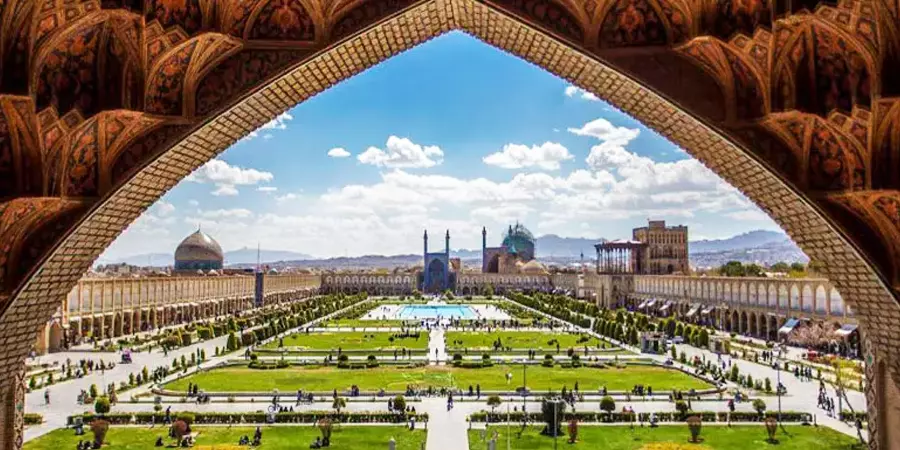
The Marvels Within Naqsh-e Jahan Square
Sheikh Lotfollah Mosque
One of the most exquisite masterpieces of Persian architecture, the Sheikh Lotfollah Mosque, is located on the eastern side of the square. Its intricate tilework, mesmerizing dome, and elegant proportions leave visitors spellbound.
Imam Mosque
Dominating the southern side of the square is the Imam Mosque, also known as Shah Mosque. This grand mosque is an epitome of Islamic architecture, adorned with magnificent calligraphy and dazzling mosaics.
Ali Qapu Palace
To the western side of the square stands the Ali Qapu Palace. This six-story royal mansion once served as the residence of Shah Abbas I. The unique feature of the palace is its elevated terrace, offering a breathtaking view of the square and the city.
Qeysarieh Bazaar
The northern side of Naqsh-e Jahan Square is graced by the Qeysarieh Bazaar. This bustling marketplace has been a vibrant hub of trade and commerce for centuries, where visitors can indulge in traditional handicrafts, carpets, and spices.
Experiencing Naqsh-e Jahan Square Today
Cultural Events and Festivals
Naqsh-e Jahan Square remains a dynamic space even in contemporary times. It hosts various cultural events and festivals, including music concerts, traditional performances, and art exhibitions, allowing visitors to immerse themselves in the rich Iranian heritage.
Exploring the Surroundings
Beyond the square, visitors can explore the historic city of Isfahan, with its numerous palaces, gardens, and bridges. The charming ambiance and warm hospitality of the locals make it an unforgettable experience.
Conclusion
Naqsh-e Jahan Square is more than just a historic site; it is a living testament to the grandeur and ingenuity of Persian architecture and culture. As visitors stroll through this magnificent square, they are transported back in time, witnessing the splendor of a bygone era. A visit to Naqsh-e Jahan Square is a journey through history, art, and humanity, leaving a lasting impression on all who are fortunate enough to experience it.
Is Naqsh-e Jahan Square accessible to tourists year-round?
Yes, Naqsh-e Jahan Square is open to tourists throughout the year. However, it is advisable to check the weather conditions and plan your visit accordingly.
Are there any entry fees to visit the attractions within the square?
While entry to the square itself is free, there might be nominal fees to enter specific buildings and monuments within the square, such as the mosques and palaces.
Is photography allowed within the square and its buildings?
Yes, photography is generally allowed in the square and its buildings. However, it is always respectful to ask for permission before photographing locals or religious ceremonies.
Are there guided tours available for visitors?
Yes, guided tours are available for visitors who wish to have a more in-depth understanding of the historical and cultural significance of Naqsh-e Jahan Square.
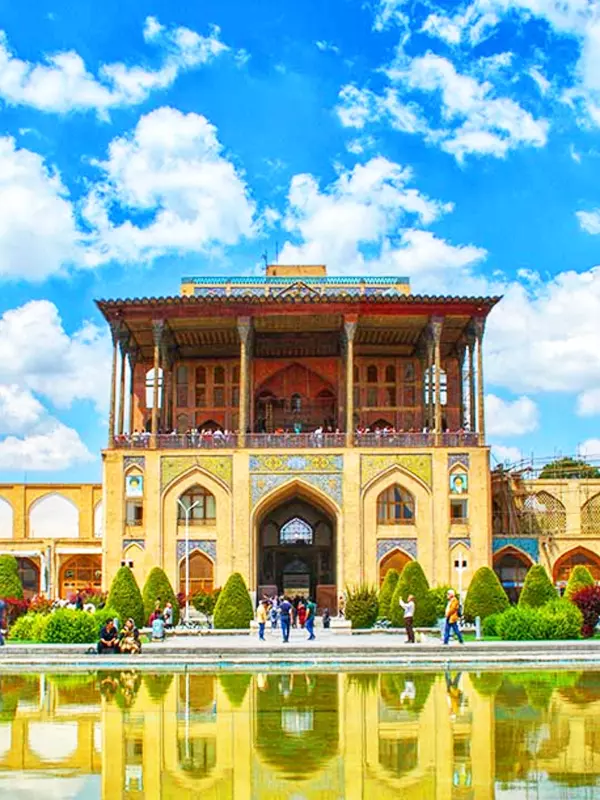
Ali Qapu Palace
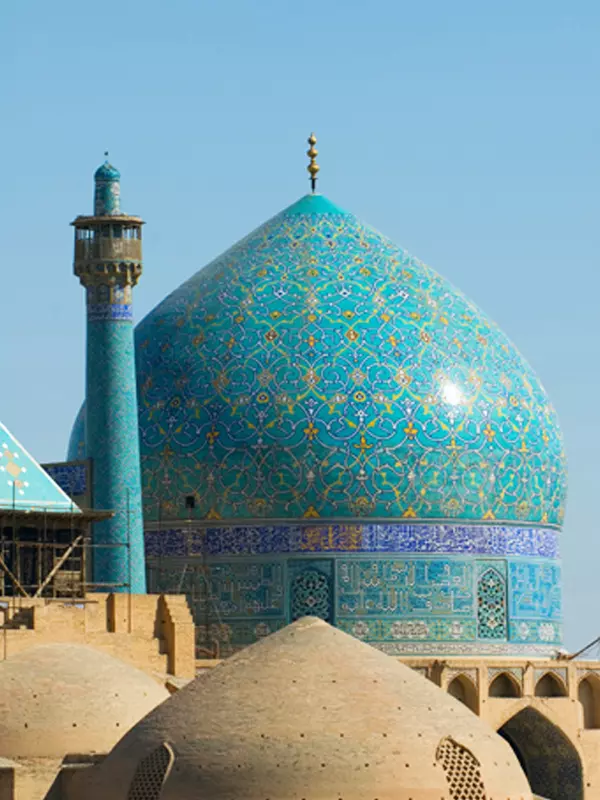
Imam Mosque
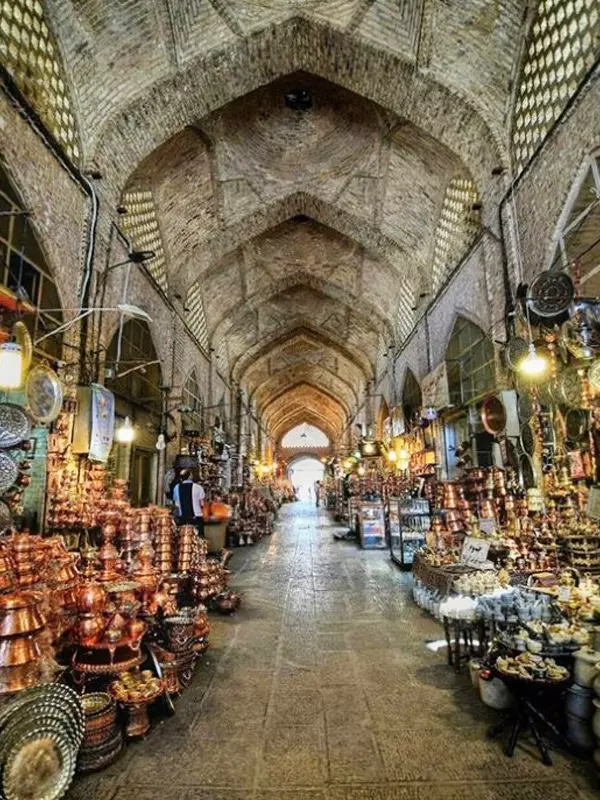
Qeysarieh Bazaar
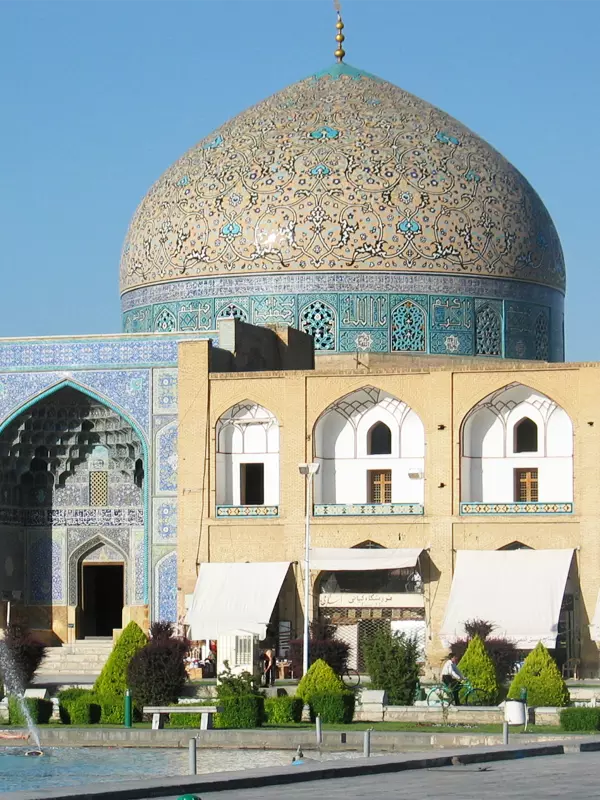




No comment